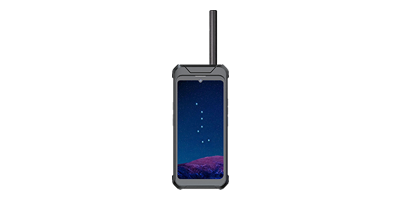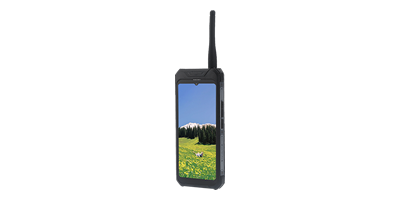Beidou Short Message Communication TechnologyandADAS (Advanced Driver Assistance System) is combined to provide fatigue driving warning and emergency communication support for long-distance transportation vehicles
With. With the strong support of national policies, the business development of the Beidou Navigation System is becoming faster and faster, and the industries covered by Beidou short messages are increasing. To solve the remote communication and positioning problems of long-distance transportation vehicles, the Beidou short message communication technology will be integrated withBy combining ADAS, even when driving on remote roads without ground signals, the fatigue driving data collected by ADAS can be transmitted back to the background through the Beidou satellite path. The background can promptly view the vehicle's location and issue instructions to the driver to correct the driving status, ensuring safe driving. At the same time, Beidou short message communication can also be used as an emergency communication method, which can achieve SOS one click alarm and instant communication in case of vehicle failure or emergencies in areas without signal.
1、 Core functions and integrated logic
Fatigue driving monitoring and warning
ADAS technologyReal time detection of fatigue status through in car cameras (monitoring driver facial features, eye closure frequency, head posture) and vehicle sensors (steering wheel operation, lane departure).
Linkage responseIf fatigue driving is detected, the system triggers multi-level alarms (sound and light reminders, seat vibrations) and can send alarm information (such as location and driver status) to the fleet management center through Beidou short messages.
Emergency communication support
Scenario without network coverageIn remote areas or communication blind spots, Beidou short messages can send distress signals (accidents, faults), location coordinates, and vehicle status data (such as collision sensor triggering).
two-way communicationThe management center can reply to instructions (such as dispatching rescue) or remotely wake up some functions of the vehicle through short messages (such as unlocking car doors).

2、 Technical advantages
24/7 coverageBeidou short messages are not restricted by ground networks, ensuring reliable transmission of key information in remote areas such as deserts and mountainous regions.
Low latency critical communicationShort message transmission latency is low (in seconds), meeting the timeliness requirements for emergency scenarios.
Data lightweightingOnly transmit core information (such as latitude and longitude, status codes), and adapt to the bandwidth limit of short messages (in the hundreds of bytes per message).
System redundancy design:ADAS and Beidou are mutually backed up, and even if there is a network failure in the vehicle, it can still alert through satellite communication.
Intelligent voice conversion: Supports text to speech and voice to text conversion. Drivers can use voice communication to convert text into text and then send it to the backend management platform. The text information sent by the backend management platform is converted into voice and broadcasted to the driver by the system.
IIIhighly integrated
planAdopting modular design, it willADAS cameras and Beidou communication modules are integrated into the vehicle terminal to obtain vehicle data through the CAN bus.It can also be connected to the Beidou communication terminal through a serial port cable. Implement information transmission.
Data Security and Privacy
Encrypted transmissionEncrypt the content of short messages using national encryption algorithms to prevent the leakage of location information.
privacy complianceDriver biometric data (such as facial images) is processed locally and only the fatigue level results after desensitization are uploaded.
System reliability verification
Environmental TestingTo address the high vibration and large temperature difference characteristics of transport vehicles, strengthen hardware seismic and temperature resistance performance.
edge computingProcessing fatigue detection algorithms locally in the vehicle terminal reduces reliance on the cloud and improves response speed.
4、 Application Extension Scenarios
Fleet collaborative management
Beidou Short Message Support Vehicle-Vehicle communication and ADAS share the road conditions ahead (such as icing and accidents) to achieve active safety coordination for fleet formation driving.
Linkage between insurance and regulation
Fatigue driving warning records can serve as a basis for insurance claims, while also being integrated with traffic management platforms to assist in monitoring excessive driving hours.
High precision positioning enhancement
Combining the high-precision positioning service (centimeter level) of Beidou III to enhanceADAS's lane level navigation and automatic emergency braking (AEB) accuracy.































































 2025-04-25
2025-04-25  Tianchuang Xinglian
Tianchuang Xinglian





